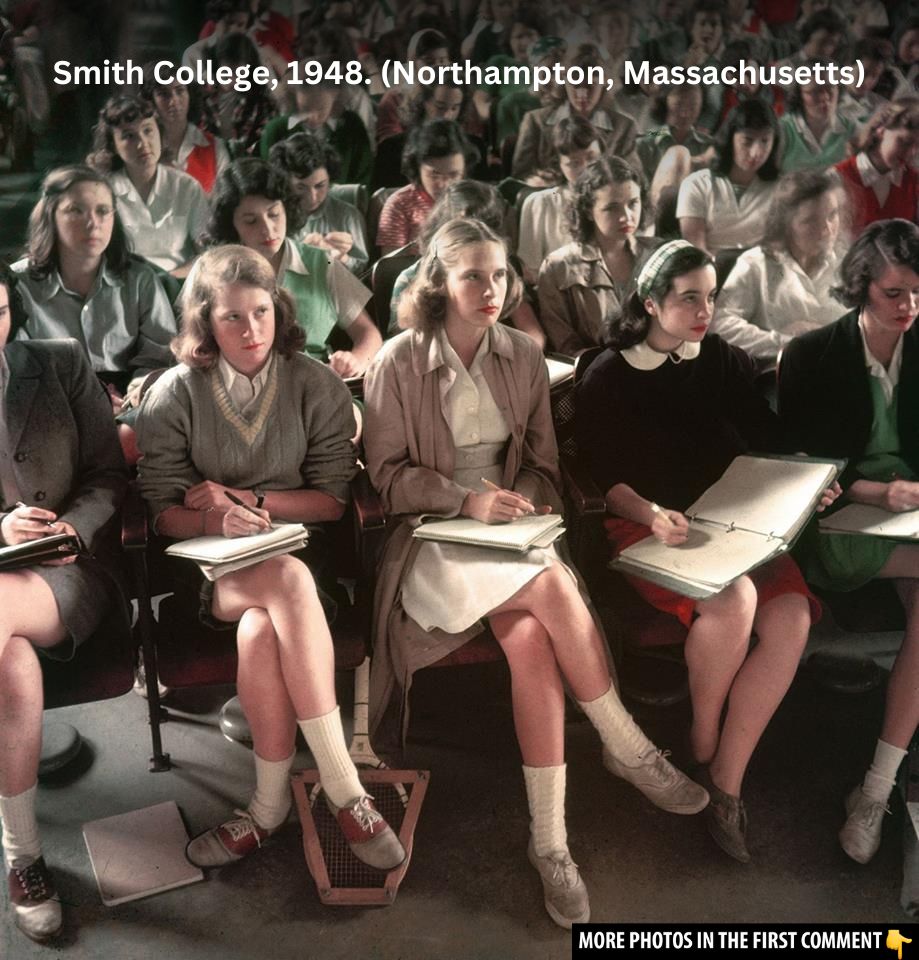In 1948, Smith College in Northampton, Massachusetts, was a beacon of academic excellence for women, capturing the essence of postwar America’s changing social landscape. Through the lens of LIFE magazine photographer Peter Stackpole, we are transported back to a time when young women at one of the nation’s most prestigious women’s colleges navigated new freedoms, evolving fashion, and academic aspirations. These vintage photographs not only capture daily life at Smith but also reflect the broader cultural shifts that shaped the lives of female students in this transformative era.
Smith College: A Leading Institution for Women’s Education
Founded in 1871, Smith College was a leader in women’s education, providing an academically rigorous environment where young women could study, grow, and prepare for careers in a society that still largely relegated women to traditional domestic roles. As the largest member of the Seven Sisters, Smith College was renowned for its commitment to the liberal arts and its progressive approach to higher education for women.

In 1948, Smith College was at the height of its prestige, attracting some of the brightest and most ambitious young women in the country. With its beautiful campus, located in the idyllic town of Northampton, the college offered students not just an education but also a sense of community and empowerment that was rare for women at the time. While its undergraduate programs were exclusively for women, Smith also allowed students to take courses at other institutions in the Five Colleges Consortium, expanding their academic and social horizons.
Video
Watch the video to explore Smith College in 1940! Don’t miss this fascinating look at the campus and life during that time.
The Campus Culture of the Late 1940s

The late 1940s were a transformative time for college students, particularly women. The postwar era saw a shift in social and cultural norms, and the idea of adolescence as a distinct life stage took hold. For young women at Smith College, this meant that their education was about more than just learning—it was about self-discovery, independence, and preparing to enter a world that was increasingly shaped by new expectations for women.
Fashion also played a significant role in this shift. Skirts, sweaters, saddle shoes, and loafers became the standard college attire, reflecting a casual style that contrasted with the more formal fashion of previous generations. The photographs from 1948 show Smith College students as they embraced a youthful, relaxed approach to dressing, embodying the postwar optimism and the increasing influence of teenage culture in America.
Life at Smith College was not just about academics; it was about building lasting friendships, participating in campus activities, and forming a sense of community. The photographs taken by Stackpole capture these everyday moments, showing students walking between classes, engaged in lively discussions, and enjoying the beauty of the campus grounds. These images reveal a vibrant college life full of energy and potential, where women were being prepared for lives of intellectual engagement and professional success.

Peter Stackpole’s Iconic Photographs
Peter Stackpole, a pioneering photojournalist known for his dynamic and candid photography, was one of the original photographers for LIFE magazine. His work captured the essence of mid-20th-century America, from Hollywood glamour to the realities of working-class life. Stackpole’s photographic style, influenced by greats like Dorothea Lange and Edward Weston, was marked by its authenticity and its ability to capture moments of true emotion and human connection.
In 1948, Stackpole visited Smith College to document the lives of its female students. The resulting photographs are a testament to his talent and vision, offering a rare, unfiltered look at life on a college campus during a time of great social change. The images not only showcase the students’ experiences but also provide a visual record of the campus environment—its architecture, its landscapes, and its intimate spaces.
Stackpole’s approach to photography was distinctive in that he used handheld cameras, capturing spontaneous moments rather than posed scenes. This allowed him to capture the students’ personalities and the authenticity of their interactions. His photos highlight the individuality of the students, showing them not as stereotypes or societal expectations but as complex, multifaceted young women navigating the complexities of their education and personal lives.


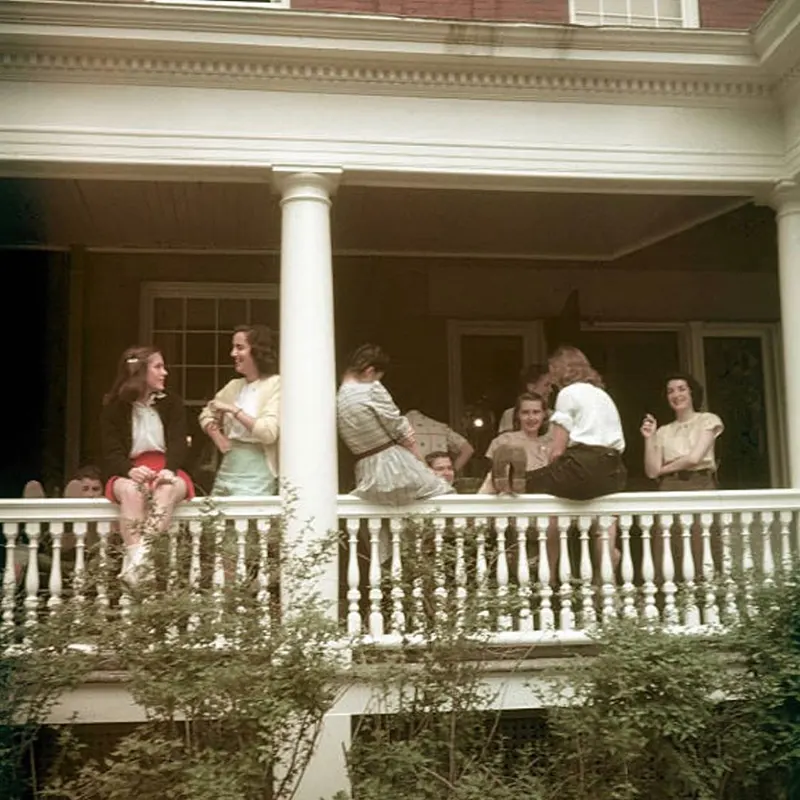
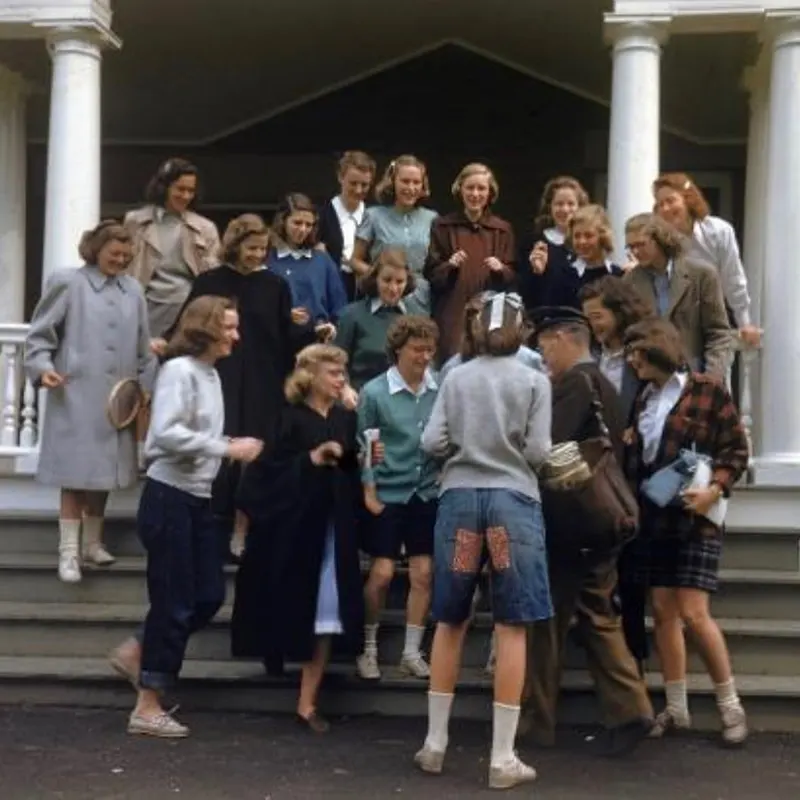
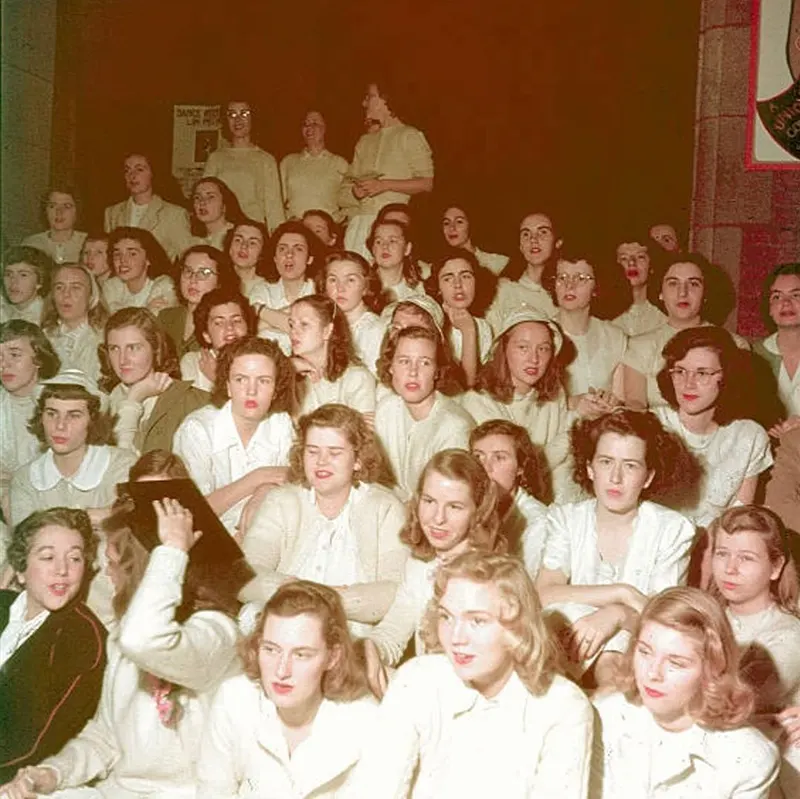
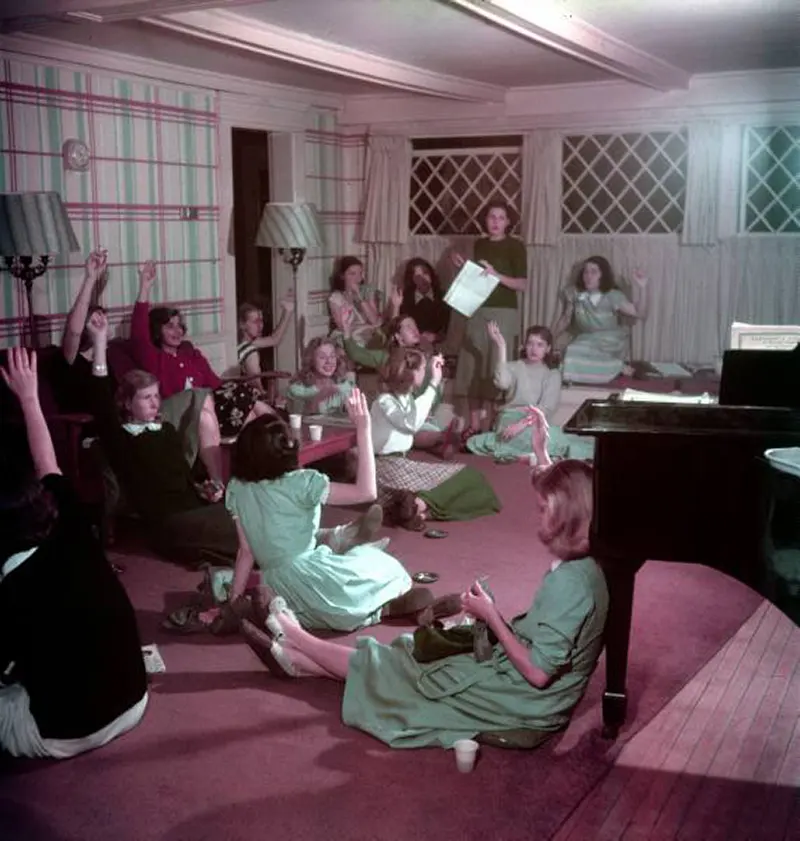
Voices of Smith College in 1948
The students at Smith College in 1948 had strong opinions about their education and their place in society. One of the women interviewed for the LIFE article, Janet Trowbridge, shared her belief that a woman’s college like Smith was the only place for a real education. She famously stated that co-ed institutions, such as the University of Missouri, were “just date factories,” suggesting that a women’s college provided a more focused and intellectually stimulating environment. Janet’s perspective reflects a sentiment held by many of her peers: that women’s education in an all-female environment could offer a level of academic rigor and freedom that was sometimes absent in co-educational institutions.
These reflections from students, captured in both interviews and photographs, provide a window into the mindset of young women who were challenging the boundaries of what society expected from them. At a time when the majority of women were expected to follow traditional paths into marriage and motherhood, these Smith College students were actively shaping their futures through higher education, confident that they could make a meaningful impact on the world.
Smith College and Postwar America

The late 1940s were not just a time of change for college students but for American society as a whole. The postwar period brought with it significant social and economic changes, including the rise of a consumer culture and the birth of teenage culture. These changes affected young women at Smith College, as they were part of a generation that was being groomed for both professional and personal success.
For many women in 1948, the idea of a college education was just the beginning. Smith College, with its emphasis on the liberal arts, provided its students with the tools to navigate the shifting cultural landscape of postwar America. As women began to enter the workforce in greater numbers and take on roles that had previously been reserved for men, the influence of institutions like Smith College in shaping future leaders was undeniable.
The Legacy of Smith College: Women’s Education Through the Decades

Smith College has continued to evolve since 1948, but its commitment to providing an empowering education for women has remained steadfast. Today, Smith remains one of the most respected liberal arts colleges in the country, offering both undergraduate and graduate programs that continue to attract students from around the world.
The legacy of Smith College is not only found in the academic achievements of its alumni but also in the broader cultural changes that the college has helped foster. Smith students have gone on to become leaders in every field imaginable, from politics and business to science and the arts. The college’s long-standing commitment to women’s education has contributed to the rise of women in positions of power and influence across the globe.
Video
Watch the video for an architectural tour of Smith College with John Davis! Don’t miss this insightful look at the campus’ stunning architecture and history.
Conclusion: A Snapshot of History at Smith College
The photographs taken at Smith College in 1948 offer more than just a glimpse into the past; they serve as a reminder of the powerful role that education plays in shaping the future. These images capture a time when women were breaking barriers, forging new paths, and proving that higher education could be the catalyst for lasting change.
Today, Smith College continues to honor its history and its legacy, providing women with the tools to make a difference in the world. Through the lens of Peter Stackpole, we are able to see not only the college as it was in 1948 but also the enduring spirit of the women who walked its halls.
